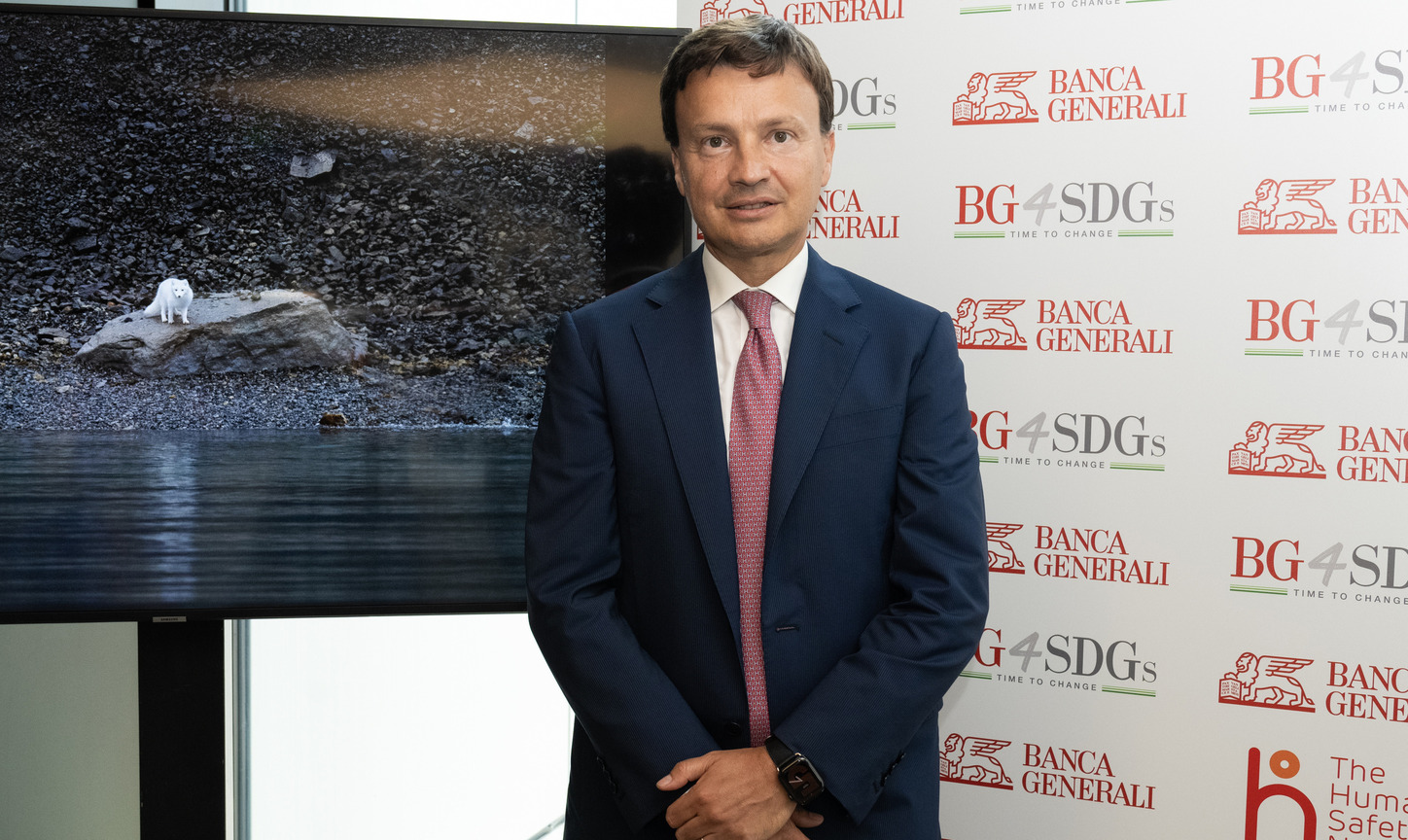
24 May 2023#Private Banking
How to enhance one's heritage
Saving, investing, earning and realising life projects, e.g. buying or renovating a house, spending on your children's studies, but also that longed-for dream holiday.
Yes, but how to do it?
The milestones for valuing and 'enjoying' one's assets seem, in words, easy to achieve. However, as is often pointed out by many socio-demographic surveys, Italians are a people of great savers but not of good investors, as evidenced by the 1.6 trillion left in storage on unfruitful bank deposits, which are eroded every year by inflation.
Financial planning
In order to increase the value of one's assets over time, one needs what insiders call financial planning, i.e. a process in which the objectives to be achieved are defined and, on this basis, the most suitable investment instruments are then identified in order to achieve them, over a set period of time.
"Financial planning, one of the main activities that a good advisor has to perform for his or her clients, is inextricably linked to portfolio diversification. In this sense, the role of the advisor is fundamental and of great responsibility: not only do we work on the trust given to us by our clients, but - after the medical sector - we are the profession that can most influence the future of our clients" says Stefano Lenti, Head of Banca Generali's Financial Advisor Area.
Put simply, diversification means creating a well-balanced investment portfolio, spread across different financial instruments and asset classes. For many decades, the asset management industry has held as a benchmark the classic 60/40 balanced portfolio, i.e. 60% in equities and the remaining 40% in bonds.
With these percentages (which can be modified according to the client's risk propensity and preferences), it is possible to combine two factors: the opportunities for gain offered by shares (which have more volatile prices in the short term but have greater return prospects in the medium and long term) with the greater stability guaranteed instead by bonds, which are traditionally less volatile in price and give a constant return in terms of interest. Moreover, for those who want to have a buffer for unforeseen expenses, portfolio managers have always recommended allocating a portion of wealth to liquidity, i.e. to interest-bearing deposit accounts or bonds with very short maturities and easy liquidity.
Private assets new market players?
Over the past few years, however, the financial industry has widened the scope of portfolio diversification somewhat, partly because, with the sudden rise in interest rates seen from 2021 onwards, bond prices have fallen significantly, no longer protecting the portfolio from the volatility of equities. Today, this phase seems to have passed and, after the rise in interest rates, many bonds have returned to offering attractive yields and have recovered their asset-stabilising function.
However, in the face of what has happened in recent years, there has been a tendency on the part of asset managers and financial advisers to include alternative assets to traditional stocks and bonds in their portfolios. This is the case of so-called private assets (e.g. private equity or private debt): assets that are difficult to liquidate in the short term because they are based on investments in unlisted companies or on the provision of direct financing to companies. Precisely because of their 'illiquidity', private assets are suitable for those with a medium-to long-term return objective and offer opportunities to enjoy an extra return over many years.
Progressive savings and Pacs
Besides diversification, there is another pillar on which financial planning is based. A good advisor's advice to clients is often to position themselves in the markets gradually, without investing all their capital straight away, so as not to expose it too much to price volatility. For those who follow this very rational approach, the asset management industry has long offered an ad hoc solution. These are the Pac (capital accumulation plans), a formula with which it is possible to enter the markets in small steps. Whoever subscribes to a Pac gradually buys shares in mutual funds, paying, for example, 100-200 or 500-1000 euro per month, without paying out the entire available assets.
It is a form of saving 'in instalments' that avoids a drawback often encountered by Italian investors, who find it difficult to get the timing right, i.e. the most opportune moment to position themselves on the market, especially in the equity sector.
"Predicting the future trend of the stock markets in advance is always a jackpot. Anyone who makes a wrong prediction and enters the stock markets shortly before the prices collapse, for example, runs the risk of accumulating huge losses from which he cannot recover, except after many, many years," Lenti adds.
Investors who bought up stocks on the Milan stock exchange in the summer of 2007, i.e. just before the major international financial crisis triggered by the US subprime mortgages and the collapse of the investment bank Lehman Brothers, know this well. Today, those who invested in Piazza Affari a good 15 years ago are still reaping a negative return of almost 40%. Instead, by adopting the Pac formula, i.e. buying shares in a stock fund at regular intervals and paying a limited amount, an investor would not only have limited the damage but also taken advantage of the downturns to position himself little by little on the stock markets when prices were very cheap, as for example in 2008 after the Lehman Brothers collapse or between 2011 and 2013 at the time of the Eurozone crisis, or in 2020 during the lockdown months when stock markets around the world plunged. Indeed, Lenti emphasises the role of pacs today whereby "the paradigm has changed. Accumulation plans today are no longer a form of forced savings but an investment service in their own right".
Obviously, in order to achieve full-bodied returns with PACs, one has to be patient and wait a few years, for example at least three or five years or even ten, just long enough to realise major life projects.


